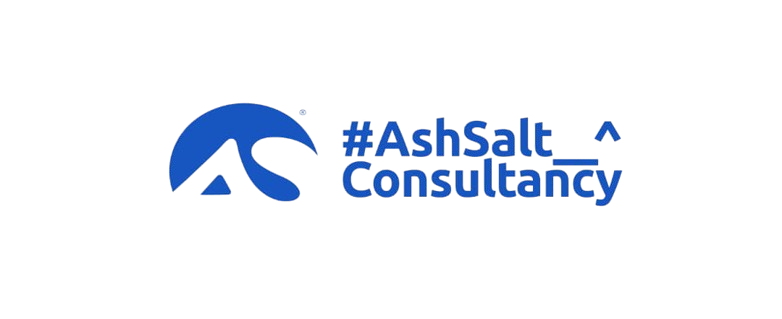The Hidden Risk After Website Launch (And How to Prevent It)
Launching a website is exciting. But keeping it running well is even more important. Many business owners forget that a website is like a living thing. It needs care, updates, and attention. That’s why having a website maintenance plan is not just useful—it’s necessary. What Is Website Maintenance? Website maintenance means checking your website regularly to make sure it’s working well. This includes updating plugins, removing bugs, improving speed, fixing broken links, backing up content, and improving security. If you’re not doing these things often, your site could crash, get hacked, or just become slow and outdated. That’s a big risk, especially if your business relies on your website to attract or serve customers. Why Is Maintenance So Important? 1. Security FirstHackers are always looking for weak websites. If you don’t update your security tools, your site becomes easy to attack. Forbes reports that small businesses are a major target for cyberattacks. With AshSalt Consultancy’s Website Management Service, we make sure your site is secure with the latest protections. 2. Better PerformanceOld or unused files can slow down your website. And a slow website will frustrate your users. Tools like GTmetrix can show you just how slow your pages are. A maintenance plan helps keep everything fast and smooth. 3. Strong SEO ResultsEven your ranking on Google depends on how your site performs. A broken site won’t rank well. A working one brings traffic. Regular updates keep your SEO on track. You can also read more on HubSpot’s SEO checklist. 4. Fresh and Updated ContentDo your users get the latest info? Or are they reading old news? Maintenance also means updating your text, graphics, and services. AshSalt’s Blog Content Planning service can help you schedule updates regularly. 5. Save Money LaterFixing problems early saves you big repair costs later. A little monthly fee is way better than paying thousands when your site crashes. Just like you service a car, your website also needs regular care. Don’t Launch and Leave—Maintain It At AshSalt Consultancy, we understand that you’ve worked hard to build your website. Now, let us help you protect that investment. Our Website Maintenance Plans are designed to be simple, reliable, and budget-friendly. Remember, your website is your digital shop. If it’s closed, broken, or slow, people will walk away. But with the right plan, your site will stay open, fast, and trusted.
The Hidden Risk After Website Launch (And How to Prevent It) Read Post »


